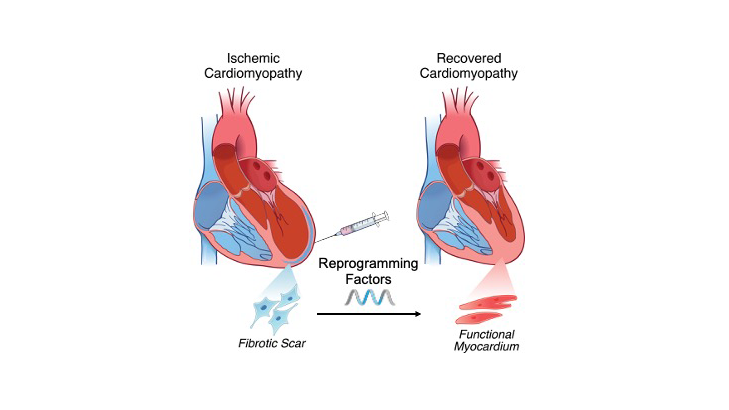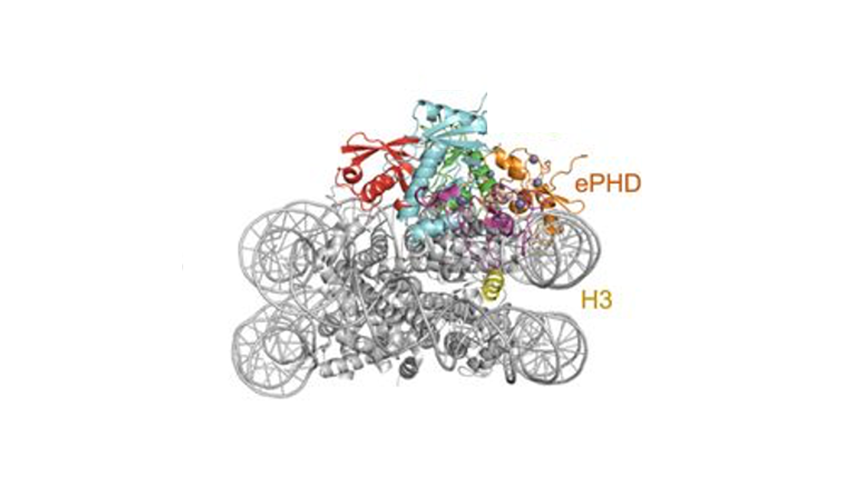Current Research Overview:
Unlocking Heart Regeneration Through Cellular Reprogramming
Our lab investigates the process of cell fate decisions in the heart, both during development and in response to injury. Through understanding the epigenetic and transcriptional regulators that dictate cardiac reprogramming, we aim to identify novel and highly mechanistic targets for the treatment of heart disease.
After a heart attack, the heart loses millions of essential muscle cells, which are then replaced by non-contractile scar tissue. This scar contributes to heart failure, which is the leading cause of death worldwide. Recently, we discovered a single epigenetic factor capable of achieving fibroblast-to-cardiomyocyte reprogramming in the injured mouse heart. Our studies aim to identify mechanisms of this conversion and other pioneer factors in cardiac reprogramming and regeneration.
Project 1: Uncovering epigenetic mechanisms of cardiac reprogramming
We study how epigenetic and transcription factors engage with chromatin to mediate cell fate reprogramming in the heart. Through genome-wide next generation sequencing studies, single-cell technologies, and directed molecular and biochemical techniques, we have identified novel mechanisms for cell fate conversion in the heart.

Project 2: Discovering activators of cardiac cell fate reprogramming in myocardial infarction
We recently discovered a single factor capable of inducing reprogramming in the heart. Through structural and high throughput screening methods, our laboratory has uncovered other activators of reprogramming and study the impact of these activators on the heart in the setting of myocardial infarction.

Project 3: Screening for non-canonical pioneer factors in heart reprogramming and regeneration
Our laboratory has identified non-canonical pioneer factors with the ability to bind nucleosomal DNA and reprogram cell fate in the heart. We are working to identify further factors with similar structure and reprogramming capabilities to identify novel targets for heart disease and previously unknown mechanisms of heart development.
